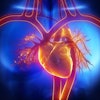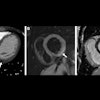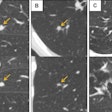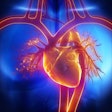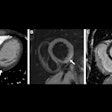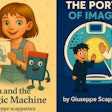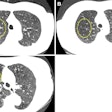Dear AuntMinnie Member,
What was it like to be a radiologist treating victims of the Boston Marathon bombings? We bring you one radiologist's story this week in an article by features editor Wayne Forrest.
Dr. Robert Ward of Tufts Medical Center was in the middle of a routine day when word came of explosions heard near the end of the marathon. The hospital's emergency room was soon flooded with victims of the bombings.
Many patients had injuries that Dr. Ward described as similar to those seen on a battlefield, including lower extremity injuries, as well as strangely shaped items embedded in tissue.
The experience offered Tufts staff members valuable lessons in how to handle emergency situations, and Dr. Ward himself learned about the gratitude of the city of Boston for the medical community's contributions. Learn more about what the day was like by clicking here.
Get your reading room out of the basement
In other news, if your radiologists are reading images from a room in the basement, you might want to rethink the arrangement.
That's according to an article we're highlighting this week in our PACS Digital Community. A group of researchers examined how "embedded" reading rooms -- that is, rooms located in clinical areas rather than in physically separate spaces -- affected radiologist-clinician interaction.
They found that such embedded reading rooms saw far more personal visits between radiologists and referring physicians than the traditional configuration. And, interestingly, the number of messages sent via critical test results management software dropped dramatically.
Learn more by clicking here, or visit our PACS Digital Community at pacs.auntminnie.com.


